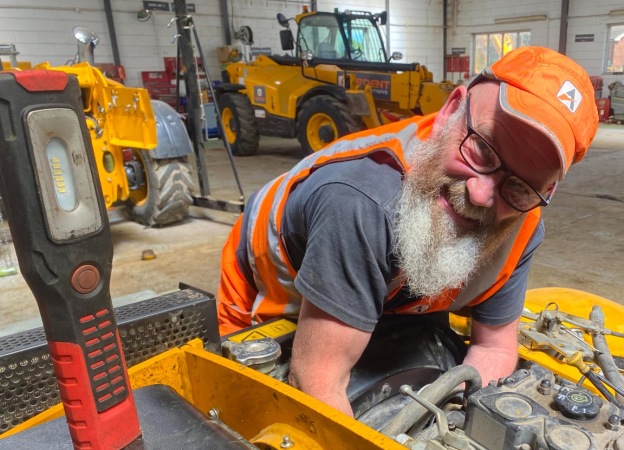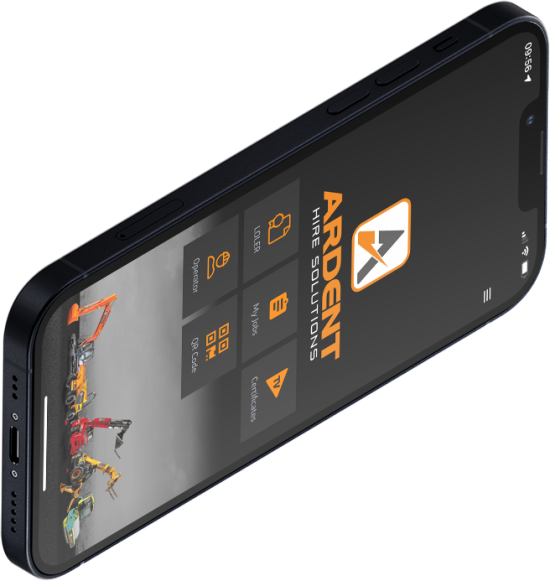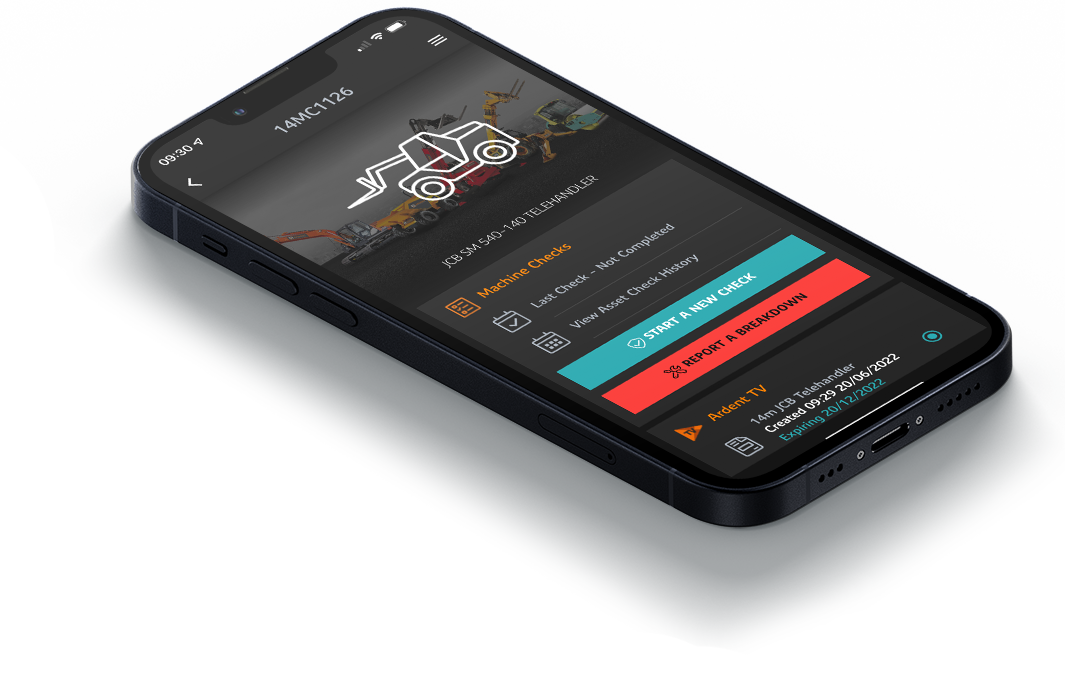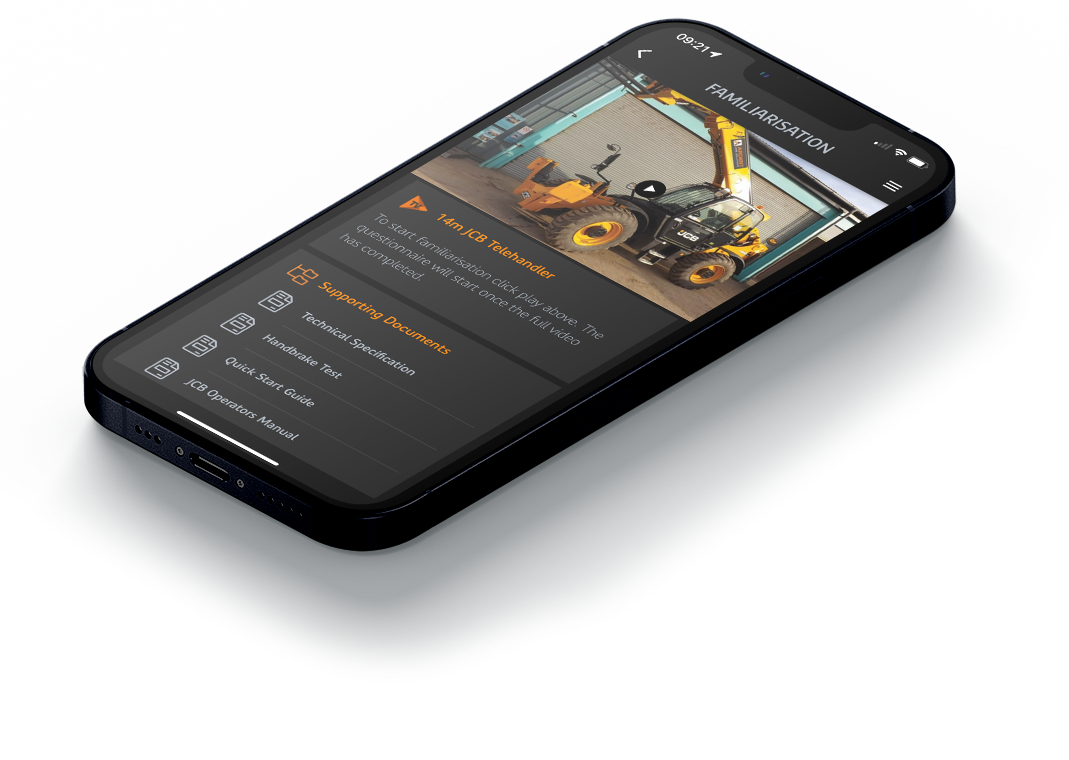Ardent Eye: The Smart Way to Spot Near-Misses (And Stop Them Becoming Incidents)
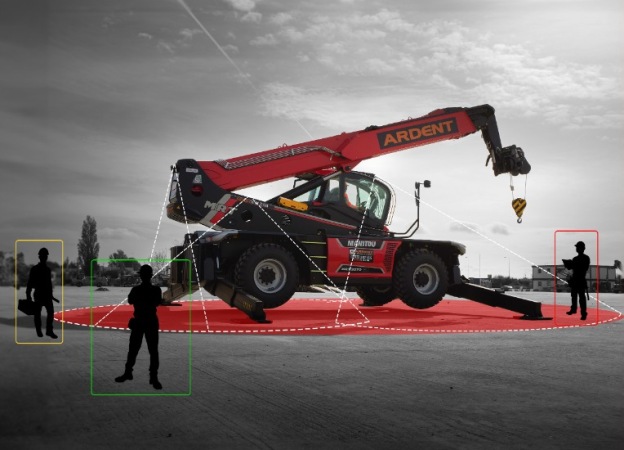
If you’ve ever stood on a busy site and watched a telehandler and foot traffic thread past each other, you’ll know how quickly a “that was close” moment can happen. The challenge has never been the lack of cameras - it’s the lack of useful signals. That’s why we built Ardent Eye: an AI-driven layer that turns camera noise into meaningful, actionable insight.
Ardent Eye sits on top of human-form recognition cameras and does one simple, vital job - filtering out the clutter so site teams see only what matters. Instead of flooding managers with every movement around a machine, Ardent Eye focuses attention on real human proximity events that indicate genuine near-misses. It reduces false alarms, elevates the critical ones, and helps teams intervene before a near-miss becomes an accident.
What makes that possible is a combination of intelligent zoning and smart alerting. Our 270-degree AI camera configuration uses inner and outer detection zones to prioritise the riskiest interactions. When someone breaches an inner zone, the operator gets audible and visual alerts in the cab, and the system records the event automatically. Site managers can also receive instant SMS notifications, enabling a rapid check-in with the team and corrective action if needed. By contrast, activity in the outer zones triggers only in-cab alerts to avoid alert fatigue. It’s a layered approach that cuts out the noise and zeroes in on the moments that matter.
The real power switch is what happens after an alert. Ardent Eye integrates with Site Manager so videos are filterd for actual near misses. Events like people walking away from a machine, within a pedestrian walkway (behind a fence) and at elevation are all disregarded. Managers can open clips of each incident , review context, and decide what to do next, whether that’s a quick toolbox talk, a traffic flow tweak, or a reminder about walkways. It’s practical, real-world feedback delivered in time to make a difference, not weeks later in a report.
Here’s what that looks like on site:
• A labourer cuts alongside a telehandler as it is reversing. The inner zone triggers: the operator’s light and sounder fire, the camera records, and the site manager gets an SMS. Five minutes later, a supervisor’s on the radio reminding the team to use the segregated path, and the near-miss becomes a teachable moment rather than a statistic.
• A walkway is squeezed by stored materials, pushing foot traffic closer to plant. Over a morning, Ardent Eye captures several inner-zone breaches on the same corner. Reviewing the clips in Site Manager makes the pattern obvious; the fix is simply to move the pallets and widen the corridor. The result is fewer proximity alerts that afternoon - and less risk for everyone.
Crucially, Ardent Eye doesn’t operate in a vacuum. It complements the broader digital platform that customers already use to manage safety and efficiency. Site Manager’s analytics help you benchmark performance and track changes over time; its alerting engine is already wired into the way supervisors work; and its reporting provides the paper trail that keeps audits simple. Bringing proximity intelligence into that ecosystem closes a loop: you can now connect behaviours around people and plant to utilisation, idling, out-of-hours use and more - so you see the whole picture, not isolated snapshots.
Be honest - who’s going to sit through 250 hours of clips every month? No one. It becomes background noise. Important events get buried. Nothing changes.
That’s the trap with standard Human Form Recognition cameras: they flag almost everything and prioritise almost nothing. Ardent Eye is the fix. It filters out the clutter and surfaces the moments that actually matter - clear, coachable near-misses with enough context to act.
When proximity alerts are meaningful, they change behaviour. Operators respond to clear, credible signals. Pedestrians learn fast when they see their own near-miss on a clip. Supervisors can target conversations where they’ll have the biggest impact. And because the system avoids over-alerting by design, people don’t tune it out. That makes Ardent Eye as much a productivity tool as a safety one: fewer stoppages, better traffic flows, and less time lost to investigating unclear incidents.





